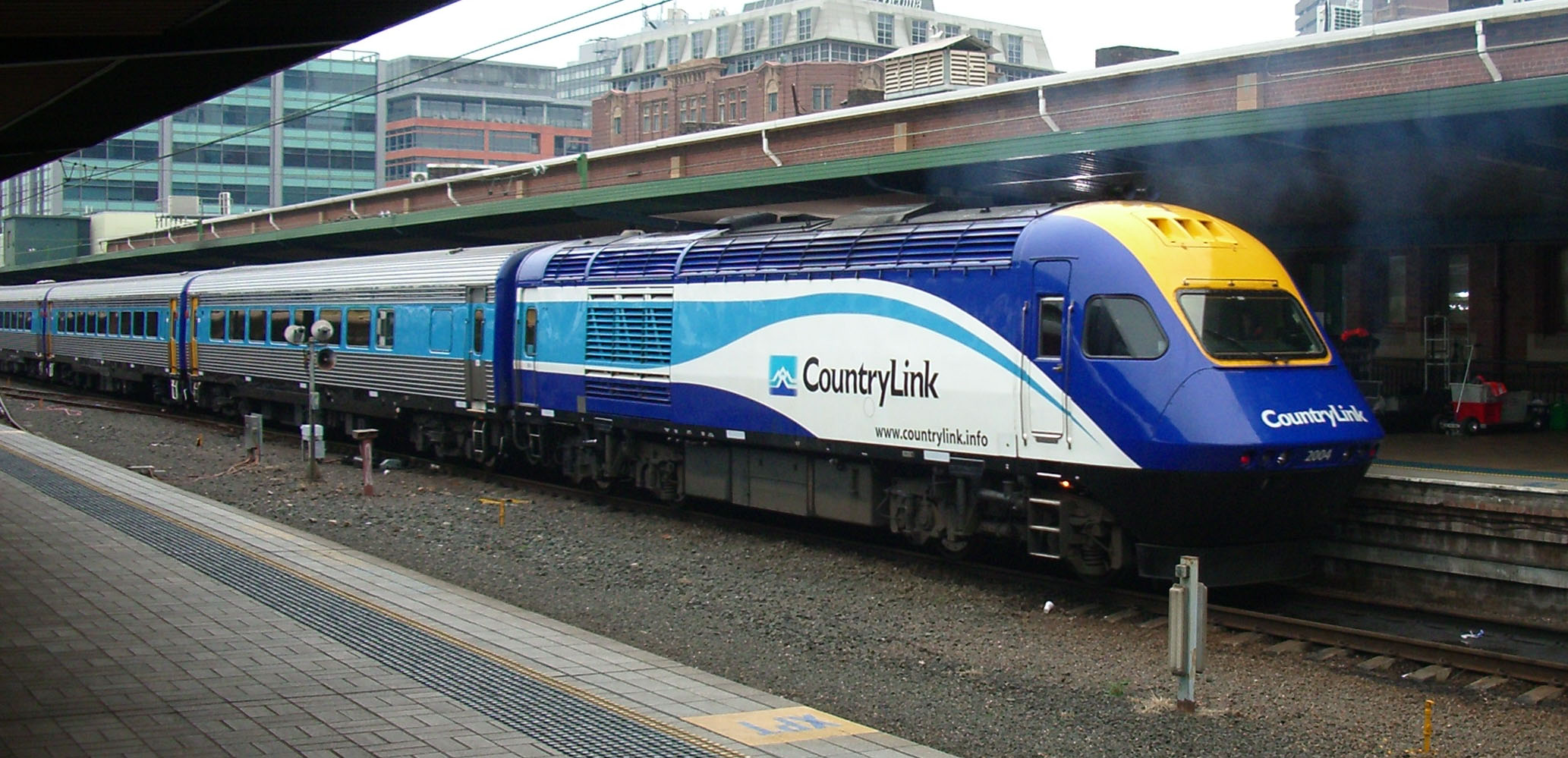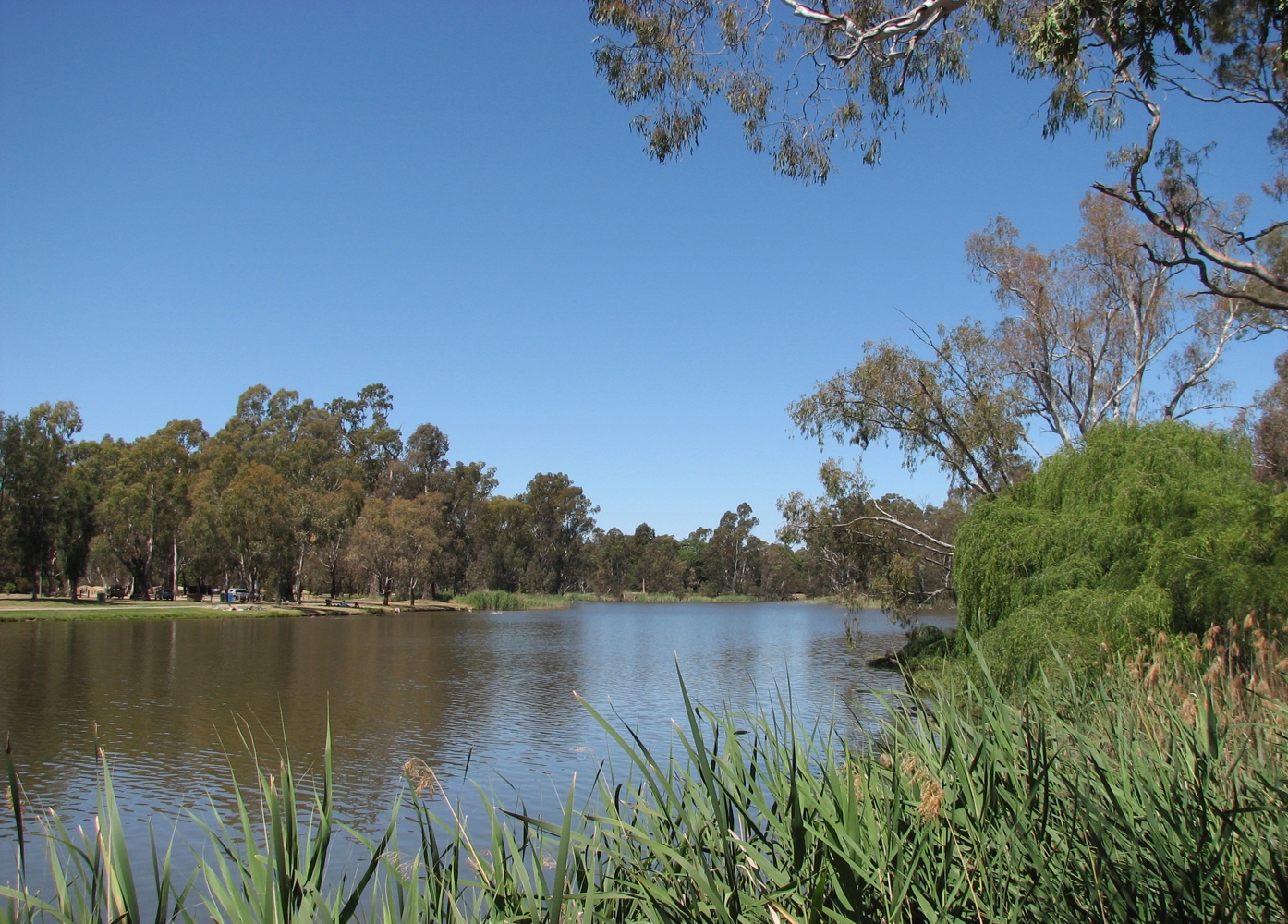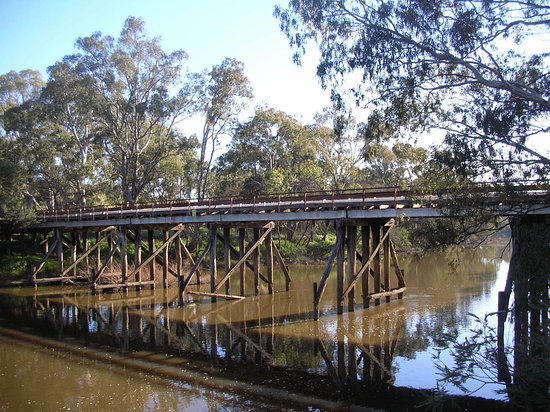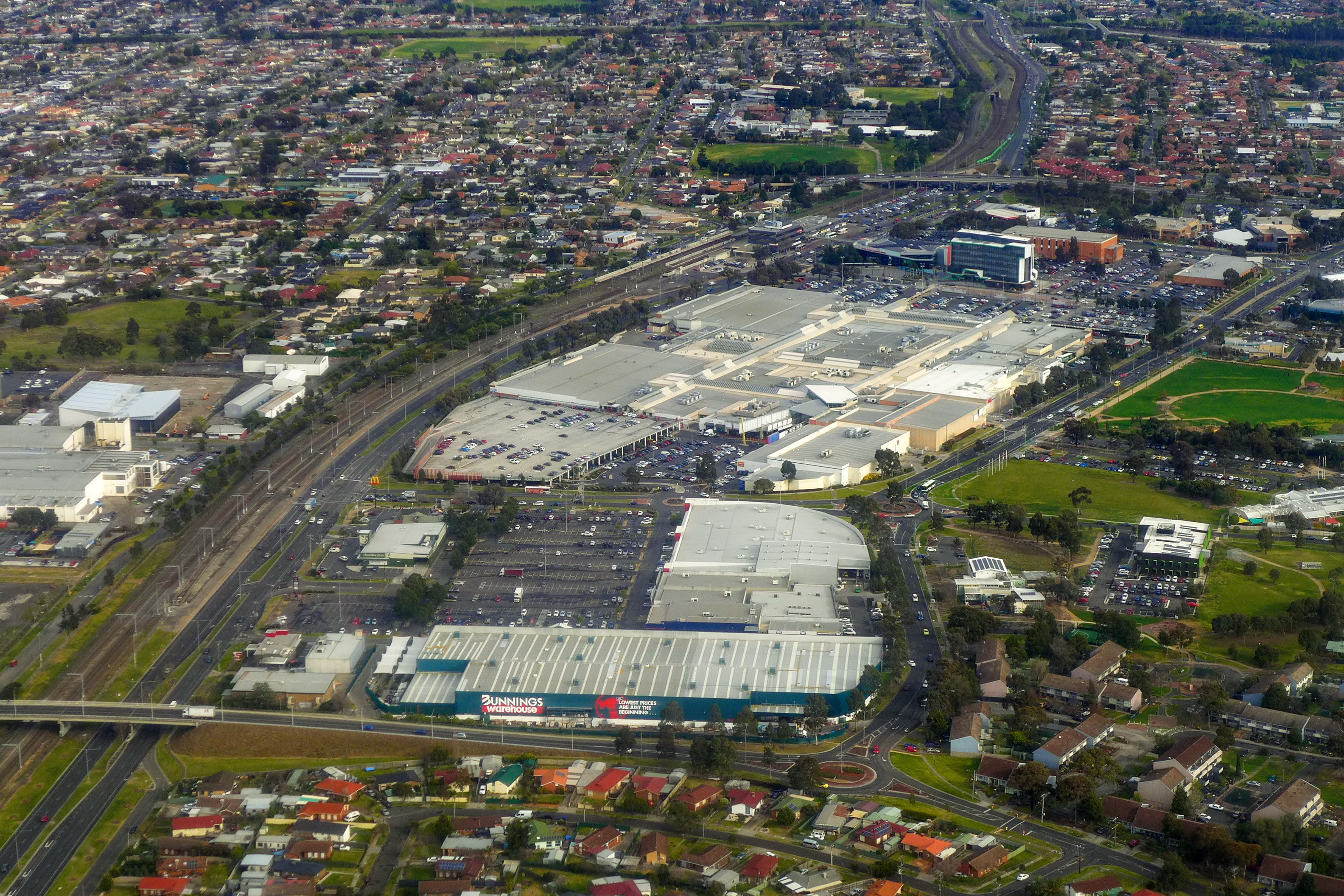|
Sydney–Melbourne Rail Corridor
The Sydney–Melbourne rail corridor is an approximately standard gauge railway corridor that runs between Melbourne (Victoria) and Sydney (New South Wales), the two largest cities in Australia. Freight and passenger services operate along the route, such as the NSW TrainLink XPT passenger service. The XPT offers a day and night service in each direction. The railway corridor consists of NSW's Main Southern railway line from Sydney's Central Station to Albury Station – – together with Victoria's North East railway line – – from Albury station to Melbourne's Southern Cross station (via Tottenham). History In 1883, the Victorian Railways broad gauge line met the New South Wales Government Railways standard gauge line at Albury at a break-of-gauge. The two tracks were separated by a long island platform. It was not until 1962, with the opening of the North East standard gauge line in Victoria, that through services were possible between Melbourne and Sydney ... [...More Info...] [...Related Items...] OR: [Wikipedia] [Google] [Baidu] |
Standard Gauge
A standard-gauge railway is a railway with a track gauge of . The standard gauge is also called Stephenson gauge (after George Stephenson), International gauge, UIC gauge, uniform gauge, normal gauge and European gauge in Europe, and SGR in East Africa. It is the most widely used track gauge around the world, with approximately 55% of the lines in the world using it. All high-speed rail lines use standard gauge except those in Russia, Finland, and Uzbekistan. The distance between the inside edges of the rails is defined to be 1435 mm except in the United States and on some heritage British lines, where it is defined in U.S. customary/Imperial units as exactly "four feet eight and one half inches" which is equivalent to 1435.1mm. History As railways developed and expanded, one of the key issues was the track gauge (the distance, or width, between the inner sides of the rails) to be used. Different railways used different gauges, and where rails of different gauge met – ... [...More Info...] [...Related Items...] OR: [Wikipedia] [Google] [Baidu] |
Albury
Albury () is a major regional city in New South Wales, Australia. It is located on the Hume Highway and the northern side of the Murray River. Albury is the seat of local government for the council area which also bears the city's name – the City of Albury. It is on the Victoria-New South Wales border. Albury has an urban population of 49,172 and is separated from its twin city in Victoria, Wodonga, by the Murray River. Together, the two cities form an urban area with a population of 93,603 at June 2018. Estimated resident population, 30 June 2018. It is from the state capital Sydney and from the Victorian capital Melbourne. Said to be named after a village in England, Albury developed as a major transport link between New South Wales and Victoria and was proclaimed a city in 1946. History The Wiradjuri people were the first known humans to occupy the area, (Wiradjuri northern dialect pronunciation iraːjd̪uːraj or Wirraayjuurray people (Wiradjuri southern dialect pr ... [...More Info...] [...Related Items...] OR: [Wikipedia] [Google] [Baidu] |
Cootamundra, New South Wales
Cootamundra, nicknamed Coota, is a town in the South West Slopes region of New South Wales, Australia and within the Riverina. It is within the Cootamundra-Gundagai Regional Council. At the 2016 Census, Cootamundra had a population of 6,782. It is located on the Olympic Highway at the point where it crosses the Muttama Creek, between Junee and Cowra. Its railway station is on the Main Southern line, part of the Melbourne-to-Sydney line. Cootamundra is the birthplace of Sir Donald Bradman , an Australian cricketer universally regarded as the greatest batsman of all time. It is also known for being the site of Cootamundra Domestic Training Home for Aboriginal Girls, an institution housing Aboriginal girls who were forcibly taken from their families. It is also the home of the Cootamundra wattle. Every year there is a large "Wattle Time" Festival held at the time the wattle starts to bloom, with an art show and festivities. History The traditional owners of the area wher ... [...More Info...] [...Related Items...] OR: [Wikipedia] [Google] [Baidu] |
Junee, New South Wales
Junee () is a medium-sized town in the Riverina region of New South Wales, Australia. The town's prosperity and mixed services economy is based on a combination of agriculture, rail transport, light industry and government services, and in particular correctional services. In 2015 Junee's urban population was 4,762. Place name One theory is that word ''Junee'' which originates from the Aboriginal word 'Junee' means "speak to me". Another theory is that it is an Aboriginal word "Choo-nee" meaning "frog". History The Wiradjuri people are the traditional owners of the local area prior to European settlement. Leopold de Salis (1816-1898), pastoralist and later politician was one of the first squatters to open up the Riverina region to grazing. He established the 'Junee' pastoral run in 1845. Leopold held the licence for this run for a total of three years. Other run licencees followed until Thomas Hammond and Richard Gwynne bought the licence in 1857. The Junee run progressive ... [...More Info...] [...Related Items...] OR: [Wikipedia] [Google] [Baidu] |
Wagga Wagga
Wagga Wagga (; informally called Wagga) is a major regional city in the Riverina region of New South Wales, Australia. Straddling the Murrumbidgee River, with an urban population of more than 56,000 as of June 2018, Wagga Wagga is the state's largest inland city, and is an important agricultural, military, and transport hub of Australia. The ninth largest inland city in Australia, Wagga Wagga is located midway between the two largest cities in Australia—Sydney and Melbourne—and is the major regional centre for the Riverina and South West Slopes regions. The central business district is focused around the commercial and recreational grid bounded by Best and Tarcutta Streets and the Murrumbidgee River and the Sturt Highway. The main shopping street of Wagga is Baylis Street which becomes Fitzmaurice Street at the northern end. The city is accessible from Sydney via the Sturt and Hume Highways, Adelaide via the Sturt Highway and Albury and Melbourne via the Olympic H ... [...More Info...] [...Related Items...] OR: [Wikipedia] [Google] [Baidu] |
Wangaratta, Victoria
Wangaratta ( ) is a city in the northeast of Victoria, Australia, from Melbourne along the Hume Highway. The city had an estimated urban population of 19,318 at June 2018. Wangaratta has recorded a population growth rate of almost 1% annually from 2016 to 2018 which is the second highest of all cities in North-Eastern Victoria. The city is located at the junction of the Ovens and King rivers, which drain the northwestern slopes of the Victorian Alps. Wangaratta is the administrative centre and the most populous city in the Rural City of Wangaratta local government area. History The original inhabitants of the area were the Pangerang peoples (''Pallanganmiddang'', ''WayWurru'', ''Waveroo''). The first European explorers to pass through the Wangaratta area were Hume and Hovell (1824) who named the Oxley Plains immediately south of Wangaratta. Major Thomas Mitchell during his 1836 expedition made a favourable report of its potential as grazing pasture. The first squatter to ar ... [...More Info...] [...Related Items...] OR: [Wikipedia] [Google] [Baidu] |
Benalla, Victoria
Benalla is a small city located on the Broken River gateway to the High Country north-eastern region of Victoria, Australia, about north east of the state capital Melbourne. At the the population was 10,822. It is the administrative centre for the Rural City of Benalla local government area. History Prior to the European settlement of Australia, the Benalla region was populated by the Taungurung people, an Indigenous Australian people. A 1906 history recounts that prior to white settlement "as many as 400 blacks would meet together in the vicinity of Benalla to hold a corrobboree". The area was first sighted by Europeans during an expedition of Hamilton Hume and William Hovell in 1824 and was noted as an agricultural settlement called "Swampy". The expedition was followed by that of Major Thomas Mitchell in 1834. Rev. Joseph Docker settled in 1838 creating a pastoral run called ''Benalta Run'', said to be from an Aboriginal word for musk duck. Docker's property was inte ... [...More Info...] [...Related Items...] OR: [Wikipedia] [Google] [Baidu] |
Seymour, Victoria
Seymour () is a historic railway township located in the Southern end of the Goulburn Valley in the Shire of Mitchell, Victoria, Australia and is located north of Melbourne. At the , Seymour had a population of 6,569. The township services the surrounding agricultural industries (primarily equine, cattle, sheep and wine) as well as the nearby military base of Puckapunyal (population 1,176), which is an important training centre for the Australian Army. Other important sectors of employment in Seymour include retail, light engineering, agricultural services support, medical services, and education. History The Taungurung people are the traditional owners and inhabitants of the area Seymour now occupies. Specifically, it is the land of the Buthera Balug clan who occupied the area when Europeans first settled the region in the early 1800s. In 1824, Hume and Hovell on their return from Port Phillip, camped by the Goulburn River not far upstream of Seymour. In 1836 Major Thomas Mi ... [...More Info...] [...Related Items...] OR: [Wikipedia] [Google] [Baidu] |
Broadmeadows, Victoria
Broadmeadows is a suburb in Melbourne, Victoria, Australia, north of Melbourne's Central Business District, located within the City of Hume local government area. Broadmeadows recorded a population of 12,524 at the 2021 census. Broadmeadows is a sub-regional centre within the northern suburbs of Melbourne, and is often used as a reference for the suburbs around it, although this may be due to its former status as a municipality. History The Broadmeadows area, home to the Wurundjeri Aboriginal nation prior to European settlement, was settled by pastoralists in the 1840s. The original Broadmeadows (aka "Old Broady") is now known as Westmeadows, which lies to the west of the present Broadmeadows. The first Broadmeadows township was laid out by a Government survey in 1850. Ardlie Street was its commercial centre with a hotel (the Broadmeadows Hotel, now Westmeadows Tavern), the police station and the shire office (thDistrict Roads Board Building opened in 1866). Broadm ... [...More Info...] [...Related Items...] OR: [Wikipedia] [Google] [Baidu] |
Intercapital Daylight
The Inter-Capital Daylight was a passenger train that operated between Australia's two largest cities, Sydney and Melbourne from March 1956 until August 1991. History Until April 1962, the line between Sydney and Albury was of a different gauges to that between Albury and Melbourne, requiring passengers to change trains. On 26 March 1956, the New South Wales Government Railways and Victorian Railways introduced connecting daytime services named the ''Sydney–Melbourne (Melbourne–Sydney) Daylight Express''. From Sydney, a three times per week service was introduced, returning from Albury the following day. From Melbourne, a three times per week non-stop service operated in the morning, returning in the evening. From 24 September 1956, both were extended to operate daily Monday to Saturday. Total journey time between the capitals was 13 hours 20 minutes."The Intercapital Daylight" ''Railway Digest'' November 1991 page 396 The New South Wales train consisted of a 42 class lo ... [...More Info...] [...Related Items...] OR: [Wikipedia] [Google] [Baidu] |
Southern Aurora
The ''Southern Aurora'' was an overnight express passenger train that operated between Australia's two largest cities, Sydney and Melbourne. First-class throughout, including the dining facilities, the ''Southern Aurora'' featured all-sleeper accommodation. The train first ran on 16 April 1962 after the opening of the North East standard gauge line from Melbourne to Albury, eliminating the break-of-gauge between the capital cities. A fleet of 34 stainless steel carriages was jointly purchased by the Department of Railways New South Wales and Victorian Railways featuring fluted sides and consisted of roomette and twinette sleepers, lounge cars and diners. A motorail service was added from July 1973 which enabled passengers to travel and take their cars. On 7 February 1969, the train was involved in the Violet Town railway disaster, when the southbound ''Southern Aurora'' collided head on with a northbound freight train, resulting in eight deaths and the destruction of two S c ... [...More Info...] [...Related Items...] OR: [Wikipedia] [Google] [Baidu] |

.jpg)


